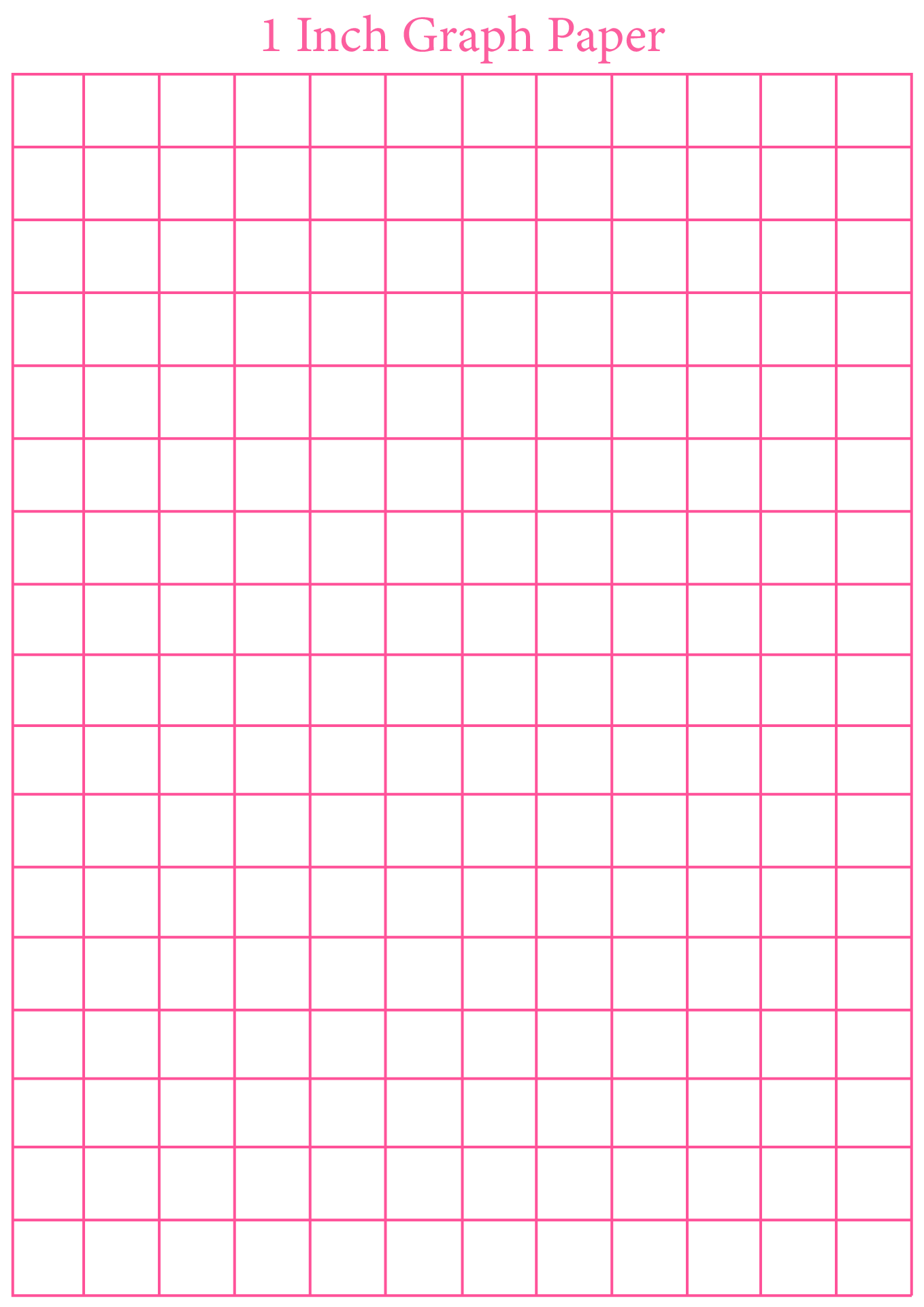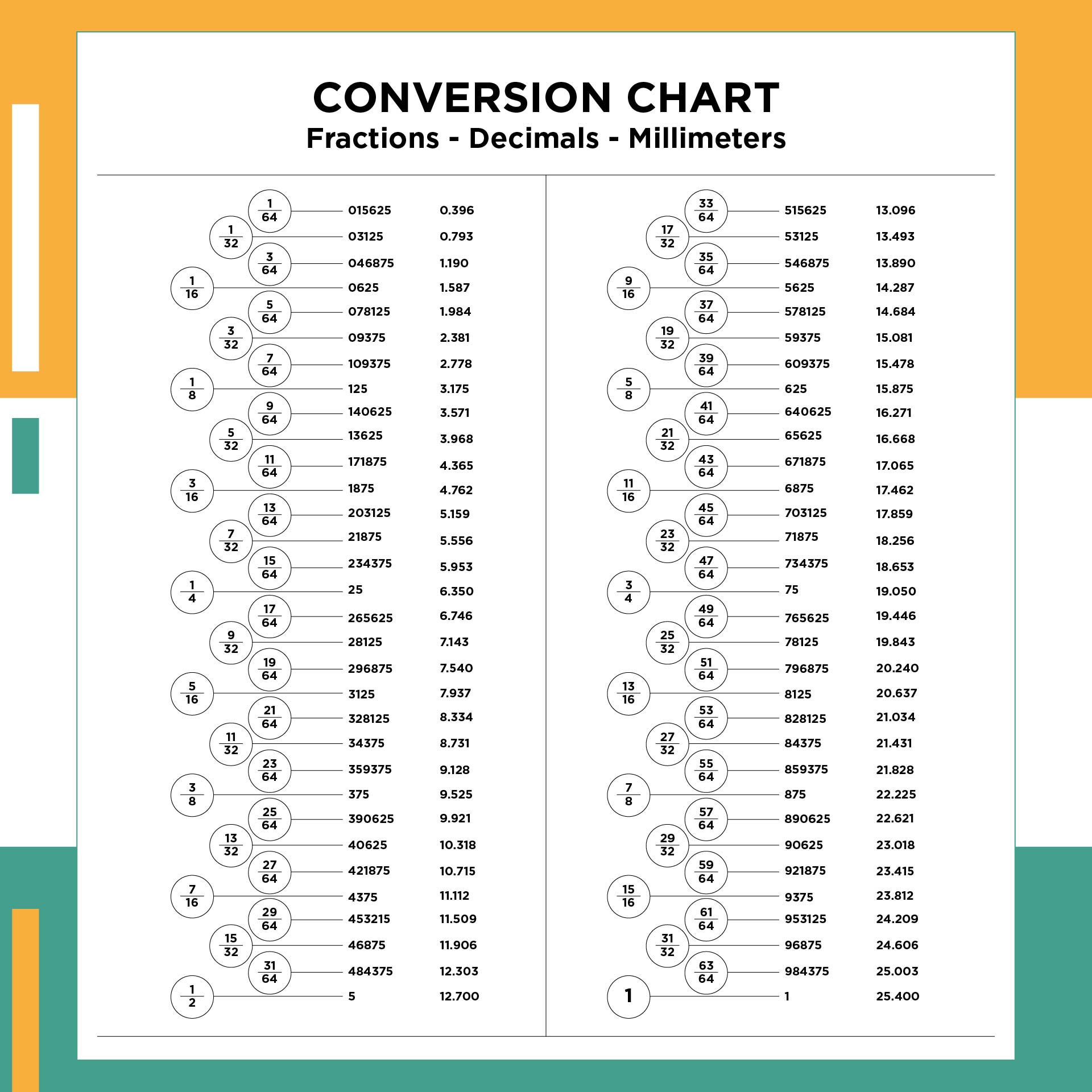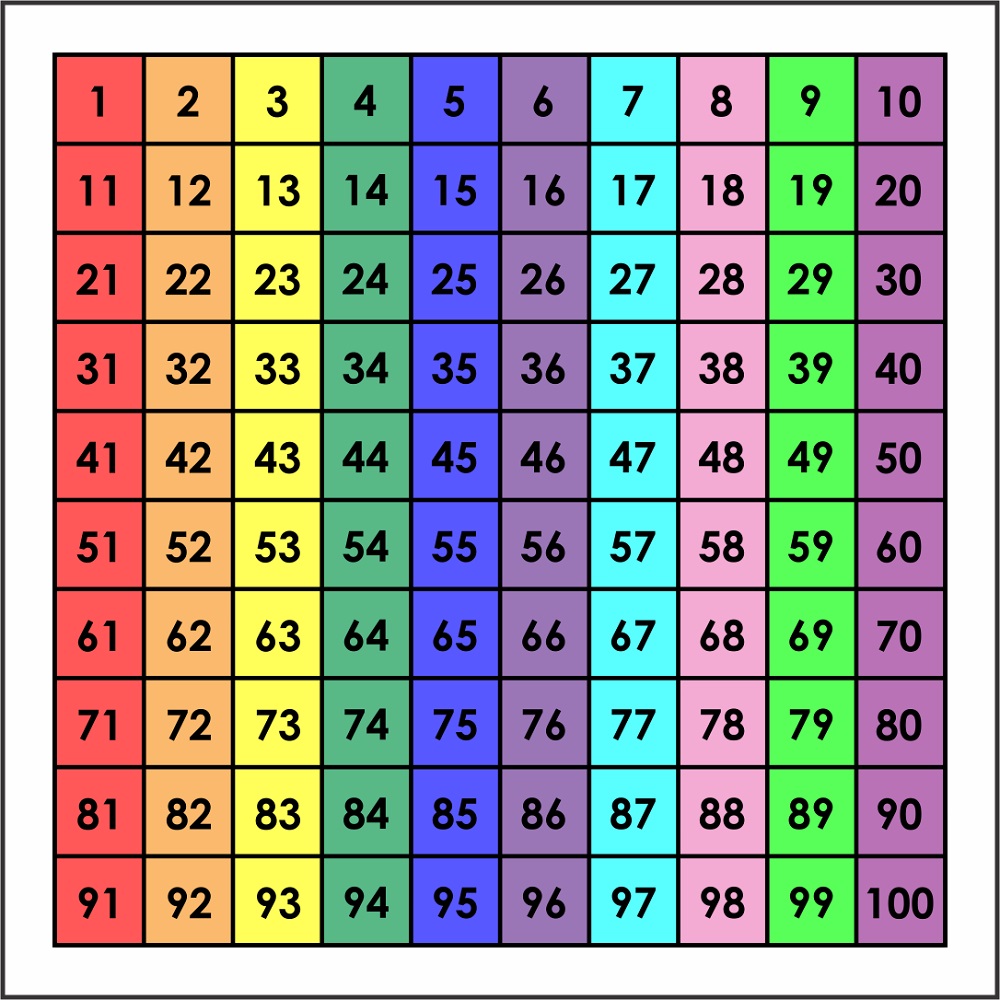100 chart printable free – Are you looking for a free 100 chart printable? Look no further! In this article, we will explore the world of printable 100 charts and how they can benefit both teachers and students. Let’s dive in!
The introduction provides an enticing overview of the topic, highlighting the availability of free printable 100 charts and generating curiosity in the readers. It sets the tone for an engaging and informative discussion to follow.
Introduction to 100 Chart Printable Free

A 100 chart is a grid containing numbers from 1 to 100. It is a valuable tool in education as it helps students develop number sense, understand number patterns, and improve their mathematical skills. The chart provides a visual representation of numbers, making it easier for students to comprehend and manipulate numbers.Using
printable 100 charts in teaching and learning offers several benefits. Firstly, it allows students to practice counting and identifying numbers in a structured and organized manner. The chart helps them grasp the concept of place value and understand the relationship between numbers.
Additionally, it aids in the development of mental math skills, as students can quickly and visually identify numbers and perform calculations.Printable 100 charts can be used across various subjects and activities. In mathematics, they can be used for skip counting, addition and subtraction practice, multiplication and division drills, and exploring number patterns.
In language arts, teachers can use the chart for alphabet and phonics activities, such as matching letters to their corresponding positions on the chart. Furthermore, the chart can be utilized in science experiments, where students can record data and observations in the respective number cells.
Examples of Using Printable 100 Charts, 100 chart printable free
- In Mathematics:
- In Language Arts:
- In Science:
| – Skip counting: Students can practice skip counting by twos, fives, or tens using the chart. |
| – Addition and Subtraction: Teachers can create worksheets with addition and subtraction problems that require students to locate the numbers on the chart and perform the calculations. |
| – Number Patterns: Students can identify and analyze number patterns by shading or circling specific numbers on the chart. |
| – Multiplication and Division: The chart can be used for multiplication and division practice, where students fill in the missing numbers in multiplication or division equations. |
| – Alphabet Activities: Students can match uppercase and lowercase letters to their corresponding positions on the chart. |
| – Phonics: Teachers can create phonics exercises where students find words that start with a specific letter and locate the corresponding position on the chart. |
| – Data Recording: Students can record data and observations from science experiments by writing or drawing in the respective number cells on the chart. |
Using printable 100 charts in education enhances students’ understanding of numbers, improves their mathematical skills, and facilitates learning across various subjects. It provides a visual and interactive tool that engages students in meaningful activities and promotes a deeper comprehension of mathematical and linguistic concepts.
If you’re in need of printable resources, look no further than Printable . This website offers a wide range of printables, from educational worksheets to party decorations. Whether you’re a teacher, a parent, or simply someone who enjoys crafts and DIY projects, Printable has something for everyone.
The best part is that all the printables are free to download and use. So, the next time you need a printable, visit Printable and explore all the amazing options available to you!
Where to Find Free Printable 100 Charts

When it comes to finding free printable 100 charts, there are several websites and platforms that offer them. These resources can be useful for teachers, parents, and students who are looking for a visual aid to help with counting, number recognition, and math activities.
Do you want to make your own play money? Look no further than the 100 Dollar Bill Printable ! This printable allows you to design and print your very own 100 dollar bills. Whether you’re planning a game night, creating a prop for a school project, or simply want to add a unique touch to a gift, this printable is perfect for you.
It’s easy to use and customizable, allowing you to personalize your play money to suit your needs. So, unleash your creativity and have fun with the 100 Dollar Bill Printable!
Let’s take a look at some of the different websites and platforms where you can find free printable 100 charts:
Websites:
1. Math Salamanders – This website offers a variety of printable 100 charts in different formats and designs. You can find charts with numbers, blank charts, and charts with missing numbers for practicing counting.
2. Super Teacher Worksheets – Super Teacher Worksheets provides printable 100 charts that are great for classroom use. They offer charts with numbers, as well as blank charts for students to fill in.
3. 123 Homeschool 4 Me – This website offers colorful and visually appealing printable 100 charts. They have charts with numbers, as well as charts with missing numbers for kids to complete.
Platforms:
1. Pinterest – Pinterest is a popular platform where you can find a wide range of educational resources, including printable 100 charts. Simply search for “printable 100 charts” or similar s, and you’ll find numerous options to choose from.
2. Teachers Pay Teachers – Teachers Pay Teachers is a marketplace for educational resources created by teachers. You can find printable 100 charts created by educators on this platform. Some charts are available for free, while others may require a purchase.
3. Education.com – Education.com offers a variety of educational resources, including printable 100 charts. They have charts with numbers, blank charts, and charts with missing numbers for practicing counting and number recognition.
When comparing the features and quality of printable 100 charts from different sources, it’s important to consider the following:
- The layout and design – Some charts may have a simple layout with only numbers, while others may include additional visuals or colors.
- The level of customization – Some charts may allow you to fill in missing numbers or add your own elements, while others may be pre-designed and non-editable.
- The size and format – Printable 100 charts can come in various sizes and formats, such as letter-size paper or larger poster-size prints.
- The clarity and readability – It’s important to choose charts that have clear and legible numbers, especially for young learners.
Ultimately, the best source for printable 100 charts will depend on your specific needs and preferences. It’s always a good idea to explore multiple sources and choose the charts that align with your teaching or learning goals.
How to Use a Printable 100 Chart in Teaching

Using a printable 100 chart can be a valuable tool in teaching math concepts to students. The chart provides a visual representation of numbers from 1 to 100, allowing students to better understand number patterns, counting, addition, subtraction, and more.
Utilizing Printable 100 Charts in Math Lessons
Printable 100 charts can be incorporated into math lessons in various ways. Here are some specific strategies and activities that can be implemented:
- Number Identification: Use the chart to help students identify and recognize numbers. Ask students to locate specific numbers on the chart and say them out loud.
- Counting: Printable 100 charts are excellent tools for teaching counting. Instruct students to count by ones, twos, fives, or tens, using the chart as a visual guide.
- Number Patterns: The chart can be used to teach number patterns. Encourage students to identify patterns such as ascending or descending sequences, skip counting, or even identifying prime numbers.
- Addition and Subtraction: Printable 100 charts can aid in teaching addition and subtraction. Students can use the chart to visually represent the numbers involved in the operation and practice adding or subtracting.
- Multiplication and Division: For more advanced learners, the chart can be used to introduce multiplication and division concepts. Students can skip count or group numbers to understand the concepts better.
- Problem Solving: Printable 100 charts can be used to create math problems and encourage students to solve them. For example, ask students to find two numbers on the chart and add them together or subtract one number from another.
The Importance of Hands-On Activities
Incorporating hands-on activities with the printable 100 chart is crucial for engaging students and enhancing their understanding. Here are a few examples of hands-on activities that can be paired with the chart:
- Manipulatives: Provide students with manipulatives like counters or small objects they can place on the chart to represent numbers. This tactile experience helps solidify their understanding of numeric concepts.
- Interactive Games: Create interactive games where students have to physically move on the chart, such as hopping from one number to another while counting or racing to find specific numbers.
- Group Activities: Divide the class into small groups and give each group a copy of the printable 100 chart. Assign different tasks or challenges to each group, encouraging collaboration and peer learning.
Using hands-on activities alongside the printable 100 chart not only makes the learning experience more enjoyable for students but also helps them develop a deeper understanding of mathematical concepts.
Teaching Number Patterns, Counting, Addition, Subtraction, and More
The printable 100 chart is a versatile tool that can be used to teach a wide range of math topics. Here are some examples of how the chart can be utilized:
Teaching Number Patterns: Ask students to identify patterns on the chart, such as increasing or decreasing sequences, skip counting, or even identifying numbers that are multiples of a specific number.
Counting Practice: Instruct students to count by ones, twos, fives, or tens using the chart as a visual aid. This helps reinforce their counting skills and improves number recognition.
Addition and Subtraction: Use the chart to teach addition and subtraction. Students can visually represent the numbers involved in the operation by moving on the chart or using manipulatives.
Multiplication and Division: Introduce multiplication and division concepts by using the chart. Students can skip count or group numbers on the chart to understand the basics of multiplication and division.
Problem-Solving: Create math problems using the chart and ask students to solve them. For example, ask students to find two numbers on the chart and add them together or subtract one number from another.
By incorporating the printable 100 chart into math lessons and utilizing hands-on activities, teachers can create an engaging and effective learning environment that enhances students’ understanding of various math concepts.
Customizing Printable 100 Charts
Personalizing a printable 100 chart can greatly enhance its effectiveness in teaching or learning. By customizing the chart to suit specific needs, educators and students can have a more tailored and engaging experience.
Benefits of Customizing the Chart
Customizing the chart with colors, symbols, or annotations provides several benefits. Firstly, it helps to visually organize the information on the chart, making it easier to understand and comprehend. Colors can be used to highlight specific patterns or numbers, while symbols can represent different types of numbers or operations.Annotations,
such as arrows or labels, can provide additional explanations or instructions. This can be particularly useful for students who need extra guidance or clarification. Customizing the chart in this way can make it more accessible and inclusive for all learners.
Ideas for Incorporating Additional Elements or Information
There are many creative ways to incorporate additional elements or information into the chart. Here are a few ideas:
1. Number Patterns
Use different colors to highlight number patterns, such as multiples of 2 or prime numbers. This can help students recognize and understand these patterns more easily.
2. Operations
Include symbols or icons to represent different mathematical operations, such as addition, subtraction, multiplication, and division. This can help students visualize and practice these operations on the chart.
Are you up for a challenge? Check out the 100 Envelope Challenge Printable ! This printable provides a fun and interactive way to save money. It gives you 100 envelopes, each labeled with a different amount of money. The challenge is to save up the corresponding amount of cash and fill each envelope.
Not only does this printable help you stay organized, but it also makes saving money feel like a game. So, if you’re looking for a creative and engaging way to boost your savings, give the 100 Envelope Challenge Printable a try!
3. Fractions and Decimals
Add labels or annotations to represent fractions or decimals on the chart. This can help students understand the relationship between whole numbers and fractions/decimals.
4. Counting Strategies
Customize the chart to assist with different counting strategies, such as skip counting or counting by groups. This can help students develop strong number sense and counting skills.
5. Student Goals
Allow students to personalize their own charts by setting goals or tracking progress. This can motivate students and make the chart more meaningful to their individual learning journeys.Remember, the key to effective customization is to align it with the specific teaching or learning goals.
By incorporating additional elements or information that directly support the objectives, educators can create a more engaging and effective learning tool.
Printable 100 Charts for Different Grade Levels

Printable 100 charts can be adapted for different grade levels to enhance learning experiences for students. By customizing the charts to suit the specific needs of each grade level, educators can help students develop essential math skills and numerical understanding.
Preschool
In preschool, printable 100 charts can be used to introduce young learners to numbers and counting. The charts can help children recognize number patterns, practice counting from 1 to 100, and develop basic number sense. Here are some activities that align with preschool learning:
- Coloring: Encourage preschoolers to color the numbers on the chart to reinforce number recognition.
- Counting objects: Have students count small objects, such as buttons or counters, and place them on the corresponding numbers on the chart.
- Number identification: Call out random numbers and have students locate and point to them on the chart.
Elementary School
In elementary school, printable 100 charts can be used to reinforce number concepts, practice skip counting, and introduce basic operations. The charts can also be used to support students’ understanding of place value and number patterns. Here are some activities suitable for elementary school students:
- Skip counting: Ask students to skip count by 2s, 5s, or 10s and have them color or circle the corresponding numbers on the chart.
- Addition and subtraction: Create simple addition or subtraction problems and ask students to solve them using the chart.
- Place value exploration: Have students identify the tens and ones places for various numbers on the chart to reinforce place value understanding.
Middle School
In middle school, printable 100 charts can be used to support more advanced mathematical concepts, such as multiplication, division, and prime numbers. The charts can also be used for number pattern exploration and as a reference tool for various operations.
Here are some activities suitable for middle school students:
- Multiplication practice: Ask students to find multiples of a given number and highlight them on the chart.
- Prime number identification: Have students identify prime numbers on the chart and circle them.
- Number patterns: Challenge students to identify and analyze number patterns on the chart, such as triangular numbers or Fibonacci sequence.
By adapting printable 100 charts to different grade levels, educators can provide engaging and effective learning experiences that cater to the specific needs and abilities of their students.
Closing Summary: 100 Chart Printable Free

In conclusion, printable 100 charts are valuable tools for teaching and learning. With their versatility and accessibility, educators can create engaging activities that promote mathematical skills and understanding. So why wait? Start exploring the world of printable 100 charts and enhance your teaching today!
FAQ Explained
Where can I find free printable 100 charts?
There are several websites and platforms that offer free printable 100 charts, such as ABC Worksheets and Education.com. These resources can be easily accessed and downloaded for immediate use.
How can printable 100 charts be used in teaching math?
Printable 100 charts can be used in various ways to teach math concepts. They can help students visualize number patterns, practice counting, and even learn addition and subtraction. Incorporating hands-on activities with the chart can make learning more interactive and engaging.
Can I customize a printable 100 chart?
Absolutely! Printable 100 charts can be personalized to suit specific teaching or learning needs. You can add colors, symbols, or annotations to make the chart more visually appealing and interactive. It’s a great way to cater to individual learning styles.
Are there different printable 100 charts for different grade levels?
Yes, there are variations of printable 100 charts available for different grade levels. These charts can be adapted to suit the needs and abilities of preschool, elementary, and middle school students. They can be accompanied by grade-specific activities and exercises to reinforce learning.
What are the benefits of using printable 100 charts in education?
Printable 100 charts offer numerous benefits in education. They enhance number sense and mathematical skills, promote critical thinking and problem-solving, and provide a visual representation of mathematical concepts. They are versatile tools that can be used in various subjects and activities, making learning more interactive and enjoyable.